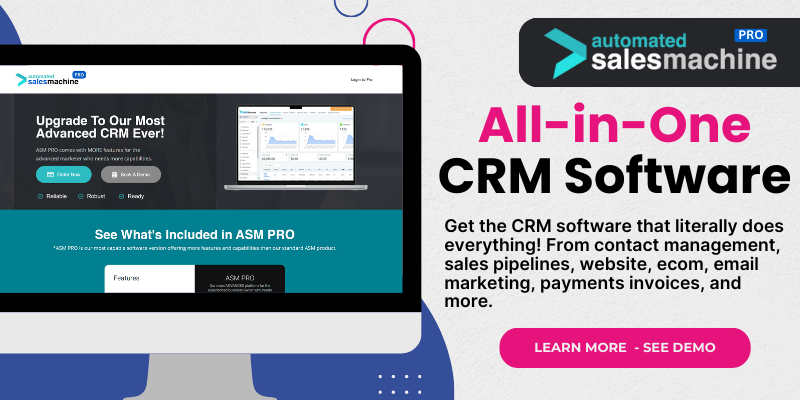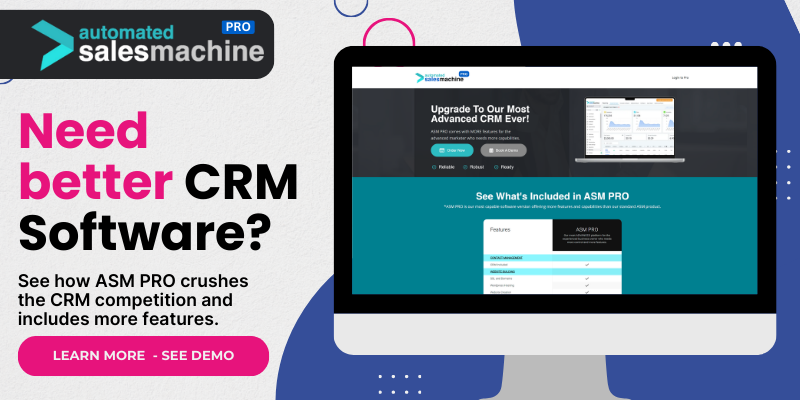Step 1: Define Your Business Goals
Understanding Your Objectives
When I first delved into CRM workflow automation, one of the first things I learned is that I needed to pinpoint what my business really aimed to achieve. Defining clear business goals sets the foundation for everything that follows. It’s all about knowing your purpose; whether it’s to boost sales, enhance customer service, or streamline internal processes. Trust me, taking this first step seriously will pay dividends.
Don’t focus solely on the numbers; think bigger. Aim for goals that will not just drive revenue but also improve customer satisfaction and employee morale. It’s surprising how much your workflow can change when you align it with higher-level objectives. If your goals are well-defined, you can later tailor your CRM automation workflows specifically to meet those targets.
Remember, goals should be SMART: Specific, Measurable, Achievable, Relevant, and Time-bound. This clarity will guide you throughout the entire CRM implementation process. As you set these goals, visualize the outcomes—how will your business look and feel in a year if you stick to these goals? That motivates me every day.
Step 2: Map Out Your Current Processes
Documenting Existing Workflows
Once I nailed down my business goals, it was time to examine the existing processes. I took a detailed look at how tasks were being accomplished before automation. This part can be a bit tedious, but trust me, it’s worth it. Every team has its habits and workflows, and documenting each step is a real eye-opener. Often, I found unnecessary steps that could be cut out entirely!
Mapping out these workflows not only highlights what’s working but also reveals bottlenecks, redundancies, and opportunities for improvement. Use flowcharts, diagrams, or even sticky notes on a whiteboard. Whatever floats your boat! The goal is to visualize the entire process so you can identify where CRM can step in to enhance efficiency.
Finally, don’t just keep this documentation to yourself; involve your team in this mapping exercise. They can offer insights into the day-to-day tasks and may point out issues you weren’t even aware of. Collaboration here can lead to a more comprehensive understanding of your operations.
Step 3: Choose the Right CRM Software
Evaluating Your Options
Choosing the right CRM software is like picking a partner for a dance—you need to make sure you’re in sync! From my experience, not every CRM fits every business. I remember spending hours comparing different platforms and their features. It’s crucial to lay out your needs clearly based on the goals and workflows you’ve already defined.
Don’t get too caught up in fancy features that you may never use. Instead, focus on the basics at first. Ensure that the CRM can handle your leads, manage customer interactions, and integrate with other tools you use daily. Reading user reviews and watching demos are great ways to get a feel for how well a CRM will work for you.
Also, consider the implementation support and training offered by the software provider. The last thing you want is to purchase a software that comes with a steep learning curve. A smooth onboarding process can make all the difference and help everyone get on board with the new system in no time.
Step 4: Automate Key Workflows
Identifying Workflows to Automate
Now comes the fun part—actually implementing automation! Start by pinpointing the key touchpoints in your workflows that would benefit from automation. From my perspective, it’s all about finding tasks that are repetitive and time-consuming. Automating these can free up time for your team to focus on more strategic aspects of their roles.
Common areas for automation include follow-up emails, lead scoring, and scheduling. For instance, I set up automated email sequences to nurture leads without overwhelming my team. It felt like having a little assistant tirelessly working in the background! Make a list highlighting the tasks that drain time, and you’ll likely see automation as the perfect solution.
Finally, test these automations in cycles. Launch them slowly, evaluate performance, and tweak as necessary. It’s all about finding that sweet spot where automation helps, but doesn’t disrupt the natural flow of your business. Sometimes, less is more!
Step 5: Measure and Optimize Your Processes
Tracking Performance Metrics
The journey doesn’t end once you’ve implemented CRM automation. The final step is to monitor the performance of your automated workflows closely. In my experience, gathering data on how your newly automated processes are performing is crucial for ongoing success. Look at metrics that align with your original business goals—this is where their importance comes full circle!
Regularly reviewing these metrics helps you identify what’s working and where you can make improvements. Sometimes, it’s the smallest tweaks that lead to significant efficiency gains. Whether it’s adjusting email frequency or refining lead qualifying criteria, those materials can optimize your efforts.
Lastly, make this a cultural norm in your organization. Encourage your team to regularly review the data and share insights. When everyone is engaged and looking for ways to improve on automation, it fosters a commitment to excellence that goes beyond just workflow efficiency.
Frequently Asked Questions
What is CRM workflow automation?
CRM workflow automation refers to the use of software tools to automate repetitive tasks associated with customer relationship management. This helps streamline processes like lead management, follow-ups, and reporting.
How can I determine which workflows to automate?
Identify tasks that are repetitive and consume a lot of time. Focus on those that, when automated, could lead to greater efficiency and better customer engagement.
Is CRM workflow automation only for large companies?
Not at all! CRM workflow automation can benefit businesses of any size. Small businesses can also leverage automation to maximize their efficiency and enhance customer interactions.
What types of metrics should I track for my automated workflows?
Look for metrics related to your business goals. This could include the conversion rate of leads, the time taken to close a sale, or customer satisfaction scores after automating certain interactions.
How often should I revisit and optimize my CRM automation?
I recommend reviewing your automated workflows at least quarterly. This allows you to spot opportunities for improvement and to ensure that your automation remains aligned with broader business goals.

